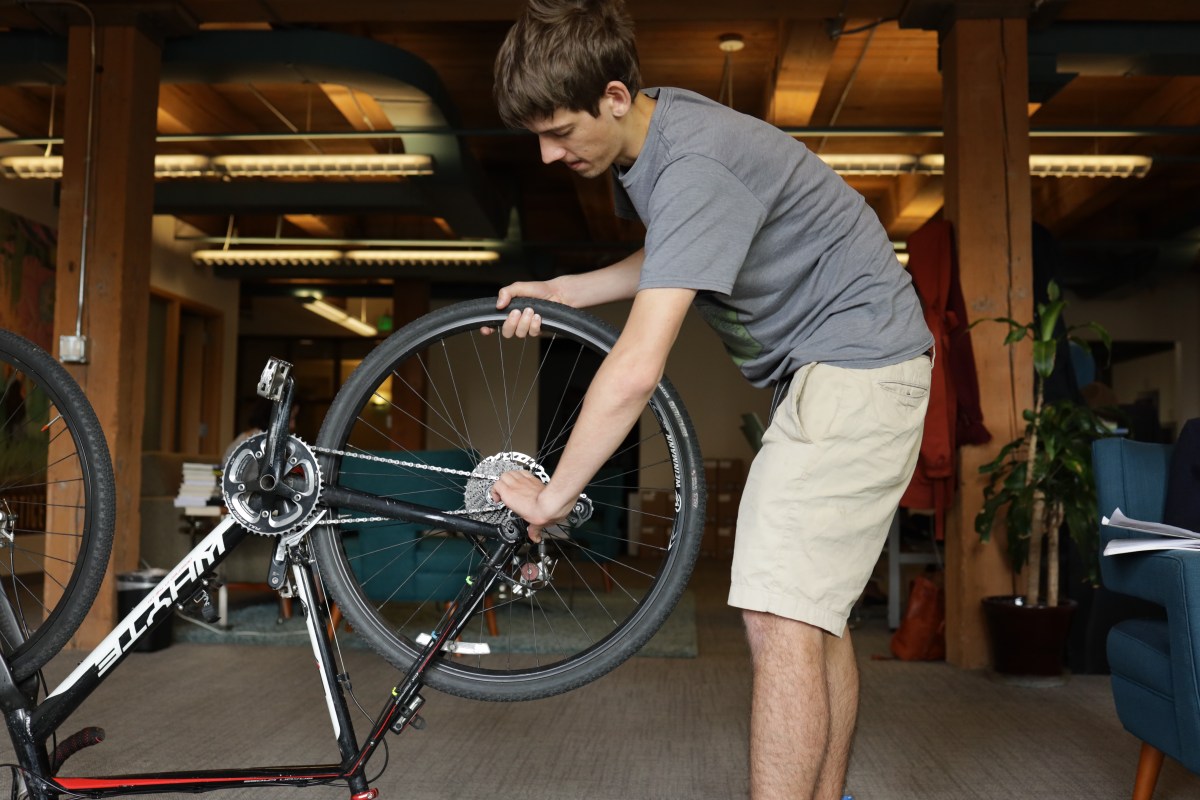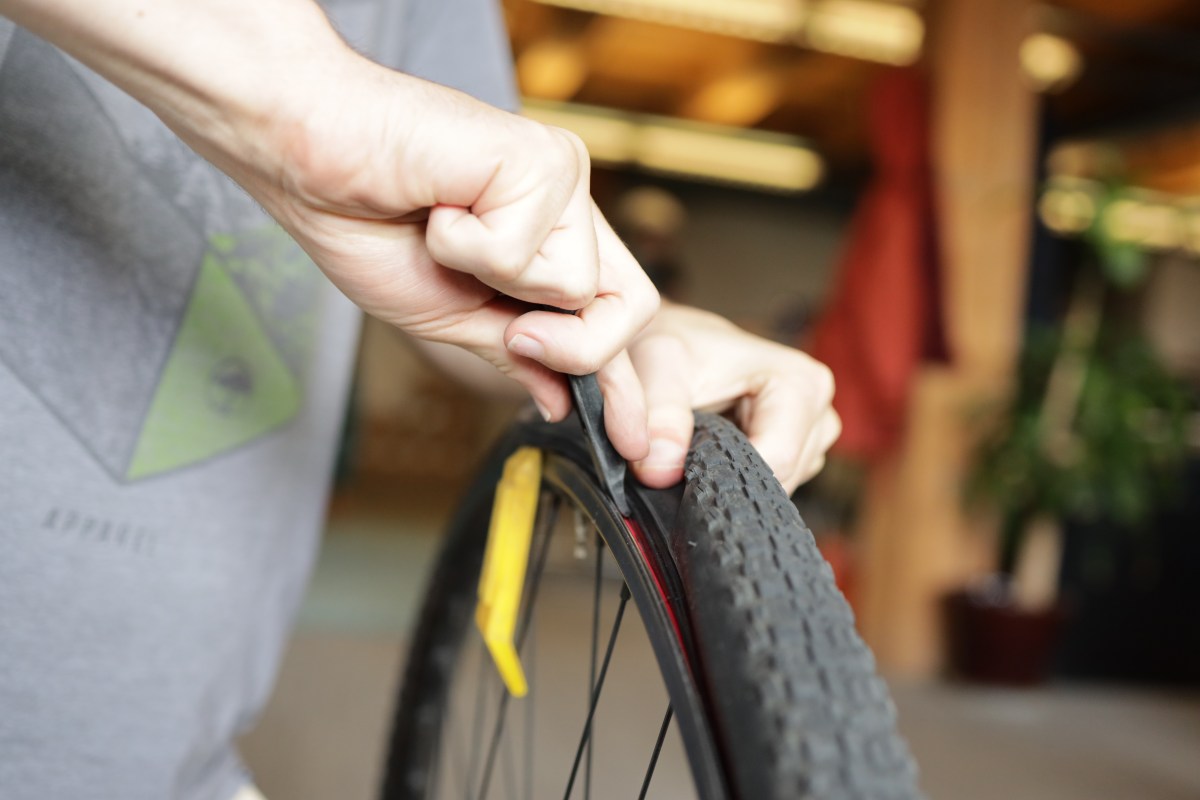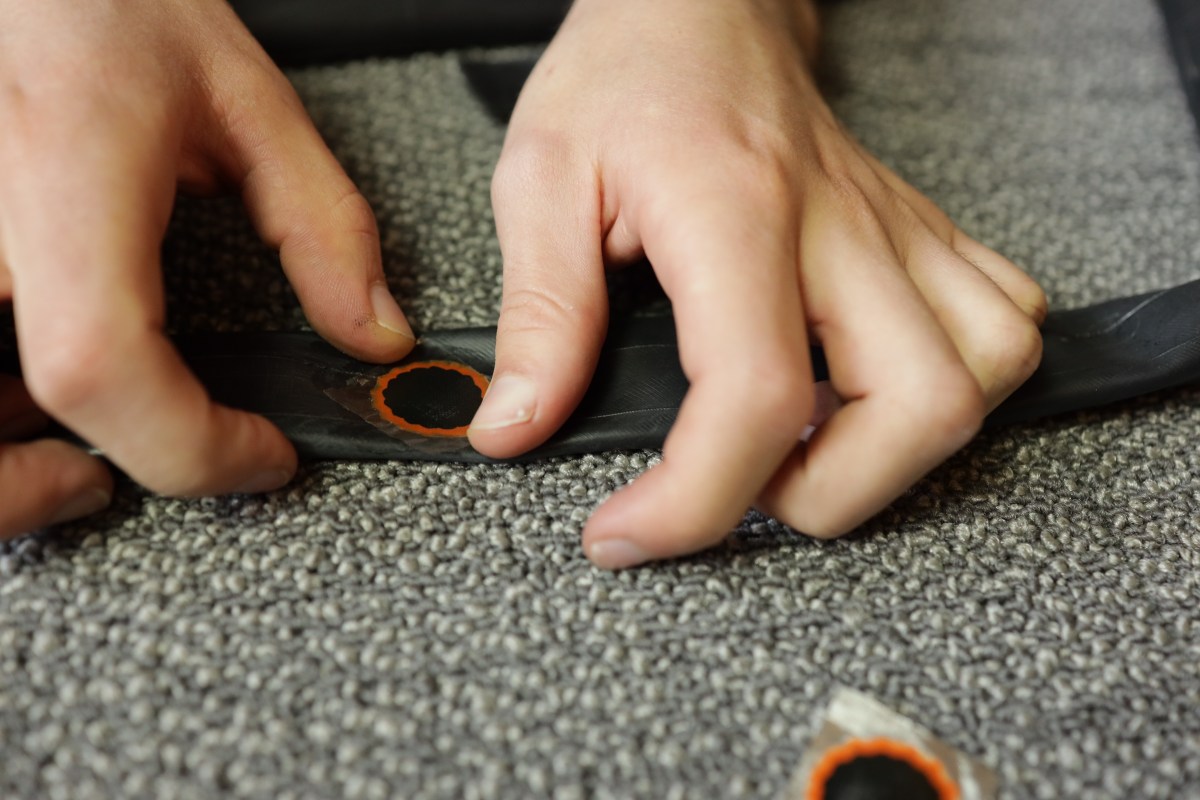Shift Happens is Grist’s solutions newsletter, focused on folks who are creating a future that doesn’t suck. Have it delivered free to your inbox!
Hey there,
Climate change is just about the biggest, muckiest problem I can think of. Going it alone can feel like spinning your wheels with two flat tires.
That’s why I wish you all could’ve joined the circle of amazing leaders who gathered at the Brooklyn Grange last week, in the middle of a working rooftop farm. A few dozen Fixers from the Grist 50 — our list of up-and-coming green leaders from all across the sustainability space — spent a day and a half sharing ideas, busting silos (architect, meet chef; artist, say hello to policy wonk), and getting our gears turning about climate solutions.
There were tears — after all, getting out of the muck is tough work! But there was also laughter — especially at our evening comedy extravaganza, where jokers like John Mulaney took the stage with Rhiana Gunn-Wright, the multi-talented Fixer helping to craft the policy of the Green New Deal.
And more than anything, there was a lot of hope. I loved urban planner Alvaro Sanchez’s comment: “The thing that gives me hope and inspiration is knowing that there are 50 Fixers [here] today, but there are thousands of us out in the communities that are hardest hit by climate change. It’s really about saving each other, about building with each other.”
We collected lots more inspiring words from the gathering in Grist’s Twitter and Instagram feeds. Check them out, and get rolling (and, if you’re so inclined, tell us where you find hope and inspiration!).
— Chip, Grist Founder
1. Your new hero

MCarson Photography
Earlier this year, I took a tour of Lowndes County, Alabama, with Grist 50 Fixer Catherine Flowers. Former Vice President Al Gore and Reverend William Barber II joined us as we talked to local residents who have struggled with flooding and failing sanitation systems, and the diseases that have spread as a result.
Flowers is determined to change all that. This month, she co-authored a report calling for the U.S. to treat sanitation as a human right, not a privilege. Through the organization she founded, the Alabama Center for Rural Enterprise, she’s pushing for more public funding of sanitation systems and drawing attention to sanitation challenges across rural America.
2. Your pick-me-up
- ACROSS THE POND: Last week, Ireland’s parliament joined Britain’s in declaring a climate emergency. Britain’s declaration came on the first of the month, following 11 days of protest by activist group Extinction Rebellion. While emergency declarations are mostly symbolic, it’s nice to see some governments recognizing the urgency of it all.
- THIS JUST IN(SLEE): Washington Governor and 2020 “climate candidate” Jay Inslee just unveiled a $9 trillion plan that would revamp infrastructure, create 8 million jobs, and more than quintuple U.S. spending on climate research. Does $9 trillion in public and private spending sound like a bit much? Here’s Inslee’s response to that: “Some things you just have to do to prevent the destruction of your nation.”
- GOING GREEN WHILE GOING UNDER: Did you know that a super-common anesthetic (desflurane) releases the greenhouse gas equivalent of driving a fleet of 12 humvees the whole time you’re under? Whoa! As it turns out, an interchangeable,cheaperanesthetic releases only 1/24th as much of the bad stuff — and now that more anesthesiologists know about it, they’re making the simple switch.
- FROM WASHINGTON TO D.C.: Like separated bike lanes? You’ll love this: The Rails to Trails Conservancy recently announced plans to complete a dedicated bike and walking path connecting Seattle with Washington, D.C. in the coming decades. Now my East Coast friends will have no excuse not to visit (in the year 2039 or so).
- GO, GRANDPA: Biking all the way across the country not exactly your speed? Research shows that regularly riding an e-bike might help seniors age better, even mitigating symptoms of Parkinson’s and Alzheimer’s. You can stop dissing e-bikers for being lazy — it’s good for the climate and for their health!
- WHEELED TRAVELER: And if a trip across the United States just isn’t enough, check out city planner Brent Toderian’s Twitter thread of all the best places in the world to ride your bike. Some highlights: Austria’s 11 million kilometers of mapped cycling routes, Finland’s snow-or-shine approach, and Japan’s river trails.
- RUNNING IN CIRCLES: If you prefer to steer away from wheels altogether, consider Adidas’ solution to all of our worn out shoes that end up in the dump: Futurecraft Loop, a running shoe that can be recycled. The company hopes each old shoe will eventually produce a brand-new one, 1:1.
3. Your reading list

If you want to do best by the planet and its residents, well, you better stop eating them — animal agriculture has a huge carbon footprint (yeah, I feel sorta guilty when I eat cheese, too). But when it comes to fashion, it can be a bit more complicated, argues Melissa Kwasny in her new book, Putting on the Dog: Animal Origins of What We Wear.
Kwasny takes a wide-ranging tour of the apparel industry, and concludes that when you take into account things like worker safety, environmental health, and the sources of synthetic fabrics, some animal-based clothing doesn’t look so bad. It’s thought-provoking stuff, even if it’s not likely to be a big hit with PETA.
4. Your next move
- Reach out: If making sure that everyone has access to the vote is up your alley, call or write your representative in support of the Automatic Voter Registration Act, which is pending in the House of Representatives.
- Pay up: Live or work in Seattle, or simply have a hankering for justice? Thanks to Real Rent Duwamish, you can pay reparations to the Duwamish Tribe, which once controlled the land the city stands on under a since-flouted treaty.
- Get to work: Grist is hiring a Fix Program Director based anywhere in the US of A, and a Network Weaver based in New England. Apply or tell your friends!
5. Your Sunday plans

Jesse Nichols / Grist
May is National Bike Month, and while there are certainly some legitimate excuses for not hitting the streets on two wheels, for many of us, our hesitation is a lot simpler: We’ve got a flat tire, and we’re too lazy, or too busy to fix it. Or maybe we just don’t know how.
A few years back, I was in those lazy shoes (size 9.5, to be exact). But when I took my borrowed bike to a repair shop for a tune-up, the crew there told me it would be two days before they could get to it. Thanks to their ample coaching, words of encouragement, and stockpile of tools, however, I managed to do it with my own two hands — and damn it if it didn’t feel empowering.
Here are 10 easy steps to get you back out there, with photos of Grist staffer and resident bike nerd Peter Berzins.
- Check to see if you actually have a leak! Even perfectly good bike tires lose pressure over time. Try pumping up your flat — it might just hold air.
- Got a leak? You’re gonna need some more tools. Head to the garage or the nearest tool library and get an adjustable wrench, a patch kit, and some tire levers.
- Take the wheel off the bike. You’ll probably need to unhook your brake cable first — and you may need that wrench.

Jesse Nichols / Grist
- Let any remaining pressure out of the tire. Just press the pin at the tip of the valve. You may need to remove a cap, or unscrew the valve tip, first.
- Remove the tire from the rim. This is where those tire levers come in handy.

Jesse Nichols / Grist
- Remove the inner tube from inside the tire. The tube is what’s leaking, but check to be sure the sharp thing that popped the tube isn’t still lodged in the tire.
- Locate the leak. Pump the tube full of air. If you don’t hear air hissing out, stick the tube in a sink full of water and look for the bubbles!
- Patch that sucker! There are a couple of different types of patches — just follow the directions in the kit.

Jesse Nichols / Grist
- Reverse steps 3-6! The tire levers will help get the tire back on the rim. Careful not to pinch the tube between the two.
- Ride off into the sunset, all smug and proud and pleased with your supremely competent self. Just pulease, put the tools away first!
Still confused? The interwebs are full of how-to videos, including this one starring a guy with a really fantastic accent. If all else fails, swallow your pride and ask for help. Many bike shops and clubs have workshops for beginners. Just remember, you don’t have to fix it alone.



